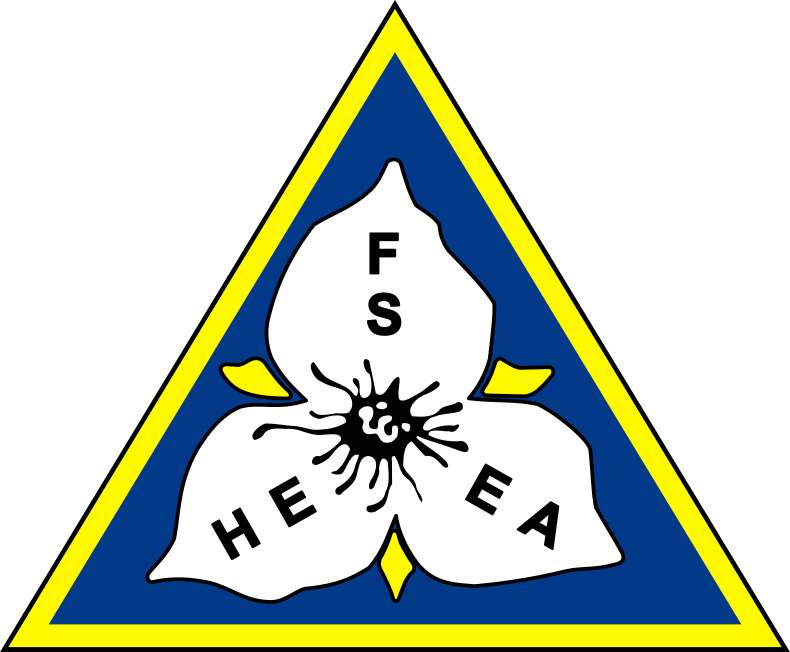Case studies have been used for many years in business, law and medical schools. They also have a great use within the social sciences. Case studies allow students the opportunity to apply their learning to real-life situations. As either an independent or group activity it encourages students to apply their critical thinking skills to find solutions.
I have used case studies within HPW 3C (Working with Infants and Small Children). The College of Early Childhood Educators is a great resource. On their home page they provide links to various case studies. https://www.college-ece.ca/en/Pages/Home.aspx .These case studies are all written by ECE workers and describe actual experiences within their practice. These cases all include a professional dilemma with many ethical complexities. Each case study includes discussion questions related to the case. These cases allow students to apply their knowledge of ethical and professional standards related to care of children. This is reflected in the HPW 3C C2.5 curriculum expectation which states students must, “explain the code of ethics and standards of practice as outlined by recognized professional organizations associated with early childhood education in Ontario (e.g., College of Early Childhood Educators, Canadian Child Care Federation).
Available on the “Members Only” Section of the website:
Child Development Case Study for HPW 3C:
This assignment asks students to create their own case study of an infant or small child. Each case study should describe certain developmental characteristics i.e. social, emotional, intellectual and physical abilities. The students then work in small groups to answer various case studies by their classmates. This is a great way to address the HPW 3C curriculum expectations: B1.1 demonstrate general knowledge of principles of child development (e.g., patterns of development are similar around the world, although individual rates of development may vary; child development is multi-determined; child development is holistic; child development is cumulative) and B1.2 identify major milestones in the social, emotional, cognitive, physical, and linguistic development of children from birth to six years of age.
Submitted by: Jennifer Hill

